#PhotoJournalism and the Tire Fire Mirror: The Vampire Class Can't Find Its Own Footprints
Poverty Porn photographers claiming to "hold up a mirror" to society fail to document the true value of reuse and maintenance is in saving the environmental expense of virgin material extraction and production. The vampires can't see themselves because they are holding the mirror facing forward, where goods go to be reused, instead of at our own extractive environmental footprint.
The perfect example? The tire fire. A fresh one appears today in the respected Council on Foreign Relations... even they use the African Tire Fire to lead their story.
Council on Foreign Relations Gets Into the Act.
(This blog is summarized on my Twitter feed in 5 tweets plus 2 postscript, copied at bottom)
ENVIRONMENTALISM cannot be scatalogical. While waste analysis is as vital to earth environmental policy as a pap smear, urine sample, or colonoscopy sample, it isn't the cure for obesity, heart disease, disease exposure, or stupid behavior... all of which are bigger predictors of death than excrement.
PHOTOJOURNALISM likes to tell us (or themselves) that they make complicated science more understandable and relatable. Photos definitely stir a human empathy (nurture) or anger/fear reaction.
For years this blog has drummed about the danger of simple looking solutions which are in fact comically fictitious if the photo is given a time lapse treatment. In today's twitter feed, I use tires as an example of photojournalist "whistle blowing" to well-meaning environmentalists - triggering collateral damage via subconscious racial profiling.
To get your attention, I'll start with the guilty western pleasure of whacking off to an African burning a pile of tires.
Long term followers will recognize this 30 year old man as Awal Muhammed of Savelugu, used here to solicit hand-wringers to view "Welcome to Sodom", the most recent "documentary" to add to the pile of lies about Agbogbloshie, the auto scrapyard in central capital of Accra, Ghana. Here's another shot of Awal, from #SashaRainbow's glam-rock-band Placebo music video of the same vein of lies about Africa's waste being not African, but recently illegally imported externalized waste from OECD evil recyclers who refused to boycott Africa's Tech Sector entrepreneurs.
I don't credit the photographer, sorry. But the photographer didn't credit, or describe, Awal Muhamed, so call it even. In any case, after one more guilty pleasure shot of Awal's accelerant dowsed tire fire performance art, I will share an actual diagram of the life cycle of automobile tires, from rubber plant production to crumb rubber or cement kiln fate in the USA or Europe.
The entry point here is Sasha Rainbow and whatshisnameWelcometoSodom and Kevin McElvaney's re-treaded claim that they are not exploiting men like Awal, that their photo-economy is necessary to HOLD UP A MIRROR to wealthy societies who, they claim, are unaware that their OECD recyclers are faking it and dumping your electronics (as evidenced by tires) on Africa.
So let me hold up a bigger mirror, a telescopic Hubble-quality mirror, that captures photojournalists, African importers, original tire manufacturers, rubber tree plantations, first users, secondhand markets, and the carbon and environmental lifecycle of your tire, all in one Copernicus-worthy shot of a #circulareconomy not revolving around you, or more specifically, the discarded or resold tire you are replacing with a new all-season tire (squeezed through a crowded supply chain) before the roads get salted and bridges ice before roads...
This is courtesy of another blogspot blogger, automobileconsultant.blogspot.com (this 2014 post traces to India, so it may be a doppleganger like the "mirror version" of my own blog some India theftapreneur uses to churn ads with my content, haha)
Automobile Tyre Making is displayed in a curious lifecycle diagram, one that doesn't show the disposal on the other side (Africa) of the mirror. This origin-of-your-tire life cycle analysis shows what you've already paid for to happen before you replace your tire... Hint, your environmental footprint is BEHIND you, not in Africa ahead.
There are more accurate tire lifecycle diagrams out there, but I chose this one for the audience that likes pictures rather than data.
When a #DATAJOURNALIST "holds up a mirror" to society's environmental impact, they show us that our environmental footprint is behind us.
Rubber tree monoculture in rain forests
Metal mining and refining
Petrochemical extraction
Production and manufacture of the tire
Storage and distribution
When you compare American or European's raw material and carbon footprint and pollution from production, it's a lot harder to make the argument that our pyrolysis or cement kiln or lined landfill or crumb rubber EOL (end of life) treatment of tires - most of which are replaced with tens of thousands of miles of additional use when they are used in the Global South - make up for the difference in Awal's rubber-neck-magnet tire fires.
When I visit Africa, I see tires driven to the very bare thread, reused to the hilt. The lifecycle and extraction costs and manufacturing costs are seemingly held dear by the African working class.
There is a tire patch and repair shop on virtually every street corner in Ghana. The traffic is so slow, there's not much danger of an accident if a tire blows, so the culture just accepts that there is a job market for tire patching... something my grandfather showed me how to do when I was a kid (told me it would be very important to save money by patching a tire rather than replace it).
So the photojournalists don't show us the rubber plantation, don't show us the molten rubber poured onto the steel radial in the Dunlop/Michelin/Bridgestone/Goodyear factories, don't show us our tire fueled cement kilns, and never show Africa's Tire Repair sector... even as they drive past dozens and dozens on their way from the Movenpick Hotel in Accra to the Agbogbloshie auto scrapyard...
They don't photograph the shops with every saved wheel lug.
They don't photograph the taxis in line to have their tires patched. They don't photograph the retreading shops.
And they certainly don't have phone calls or video chats on Whatsapp every couple of months to see how the Three Musketeers (Awal, Yaro, and Razak) are doing now that their photo junket is over. Or at least, when I asked Awal on my call with him last month, he says they don't.
His son was 5 when I met him in 2018, so he must be about 10 now. The son has a new younger brother since I was there last. His family lives in Tamale, his widowed mother in Savelugu. He comes back from Accra during farming season. Says the closure of the dump at Agbogbloshie seems permanent this time, though of course the scrapping of cars and electronics continues, spread out now around the city.
The stench of burning tires is a constant, as it must be, until malaria is wiped out. But the vampire class of photojournalists now have to work a little harder to tell a story about Africa that fits the corn-cob-pipe hillbilly comic type of African portrayal that this Ozark Hillbilly recognizes as bullhockey.
Some picks of Awal, and this morning's succinct twitter thread from @WR3A, below. I like the Vampire Class analogy... Western photojournalists unable to see their own footprints in the mirror, because they are holding it backwards. Your footprints are behind you.










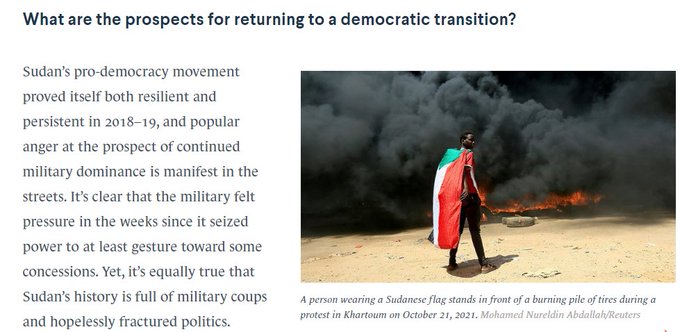
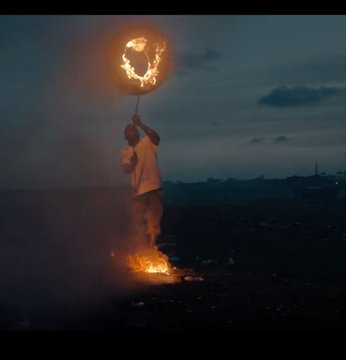
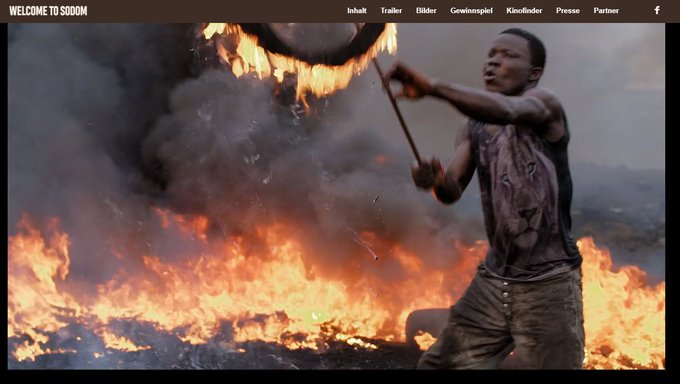
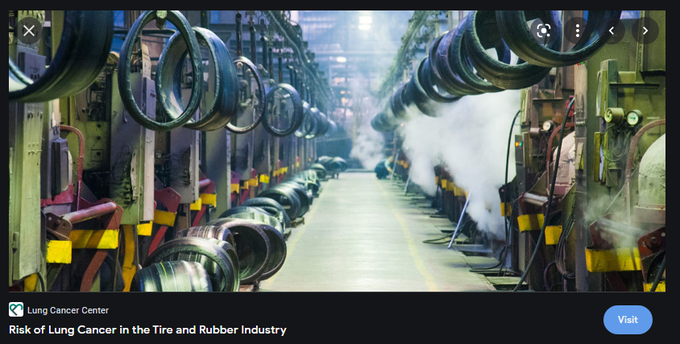
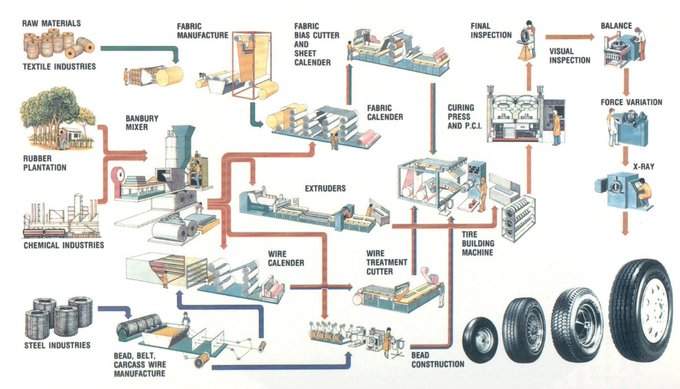
No comments:
Post a Comment
Comments have been turned off due to spam proliferation. Comments welcomed via Twitter @WR3A
Note: Only a member of this blog may post a comment.